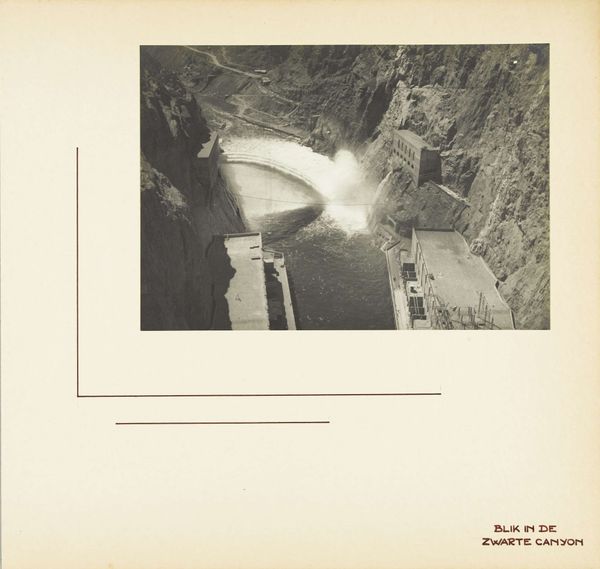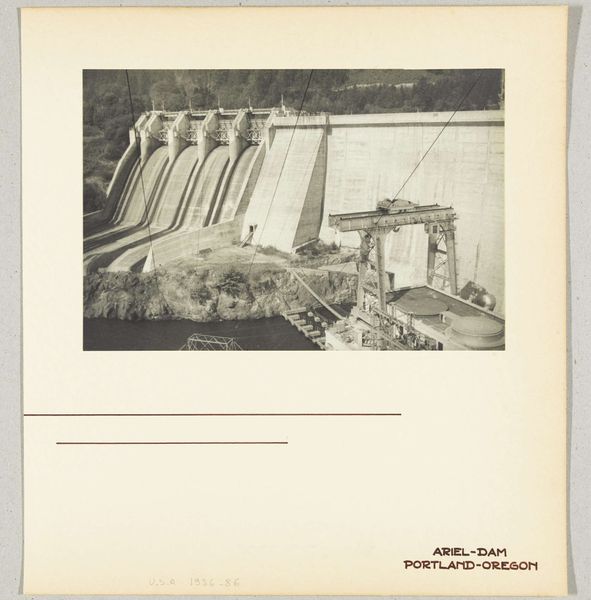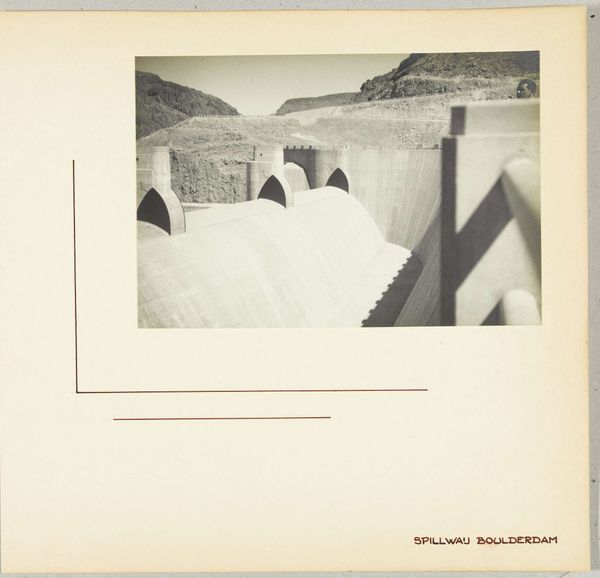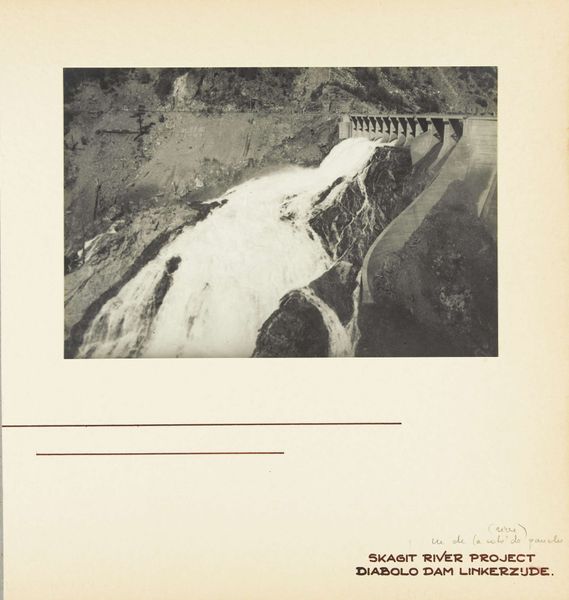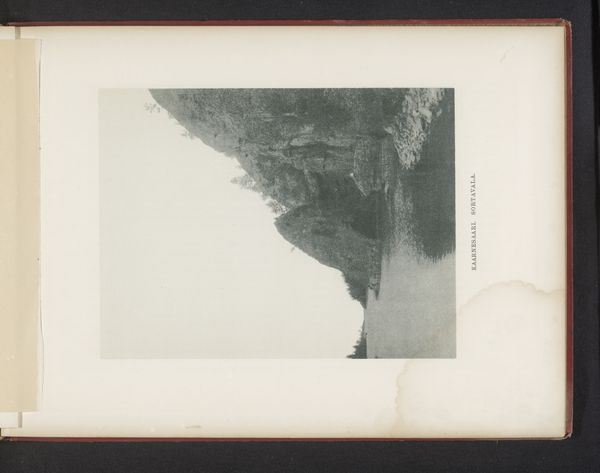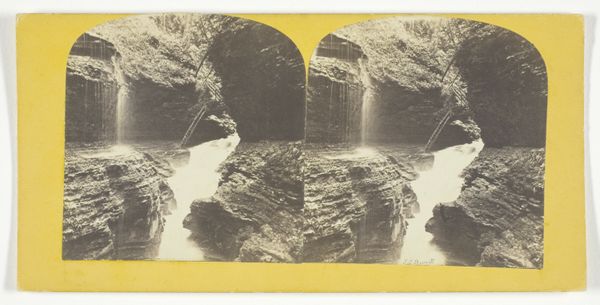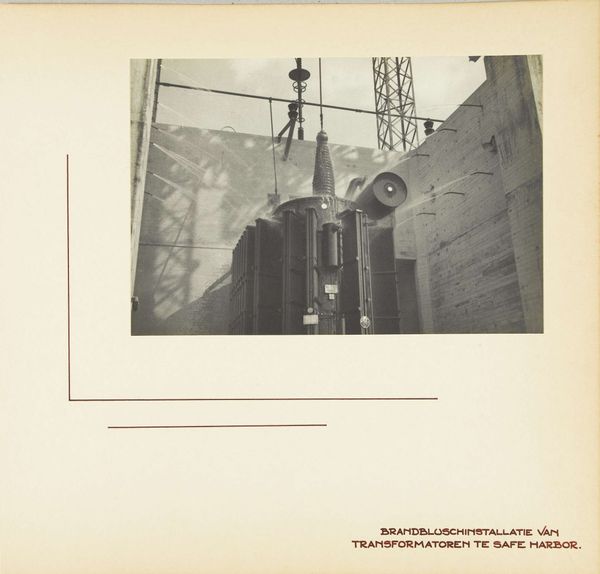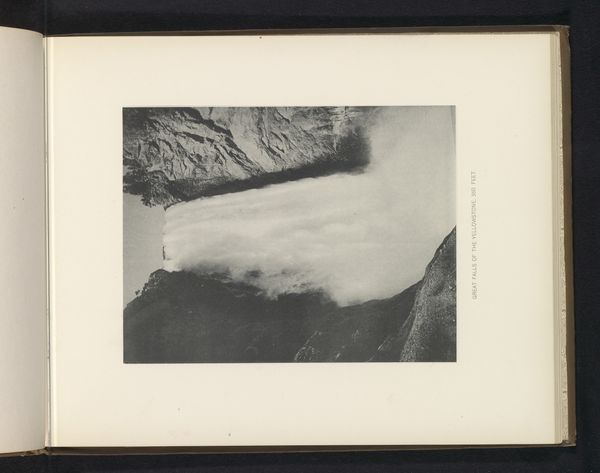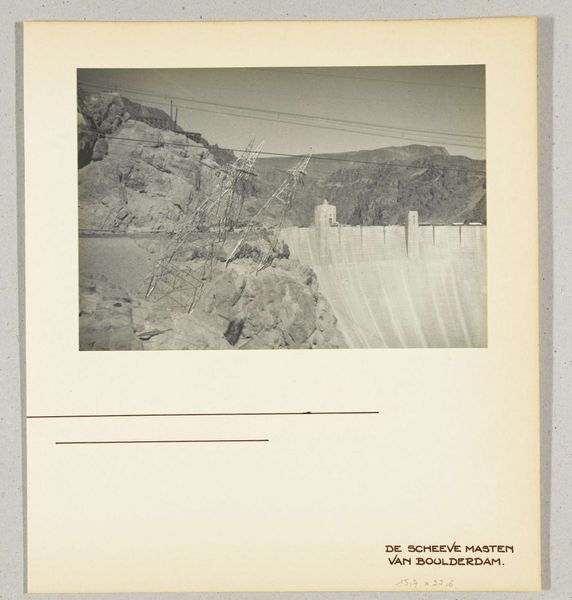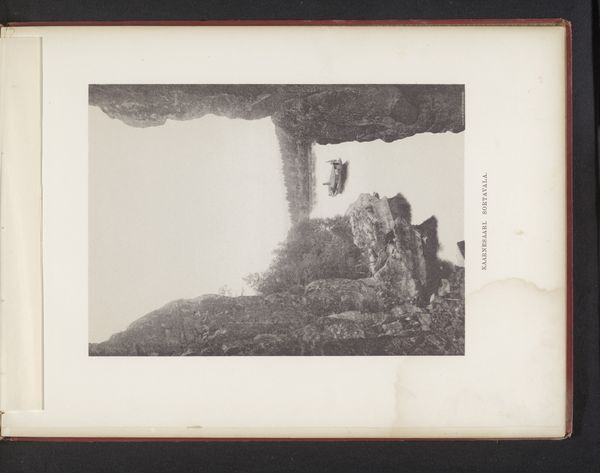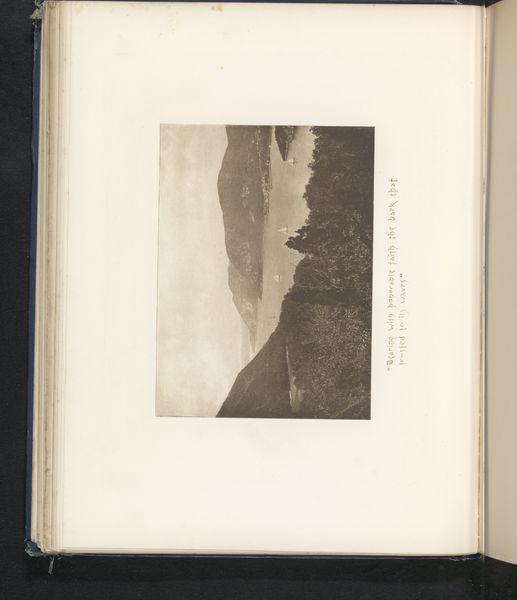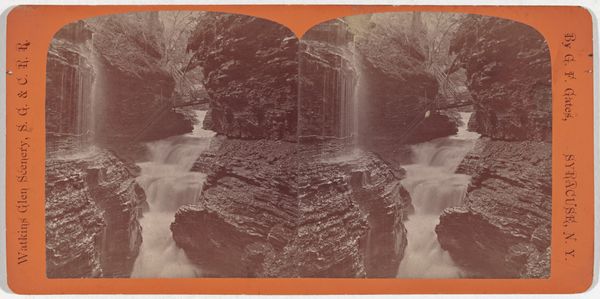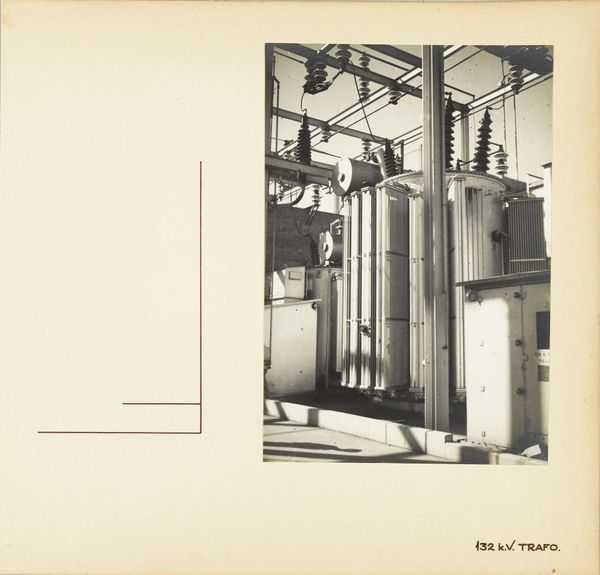
print, photography
# print
#
landscape
#
photography
#
modernism
#
realism
Dimensions: height 156 mm, width 224 mm, height 315 mm, width 330 mm
Copyright: Rijks Museum: Open Domain
Curator: Here we have a striking photographic print from 1936 titled "Boulder Dam, Arizona/Nevada, Verenigde Staten" by Wouter Cool. Editor: It's immediately imposing! The dam itself, a sweeping concrete curve, meets rigid vertical architectural forms—almost like the architecture is physically emerging from the landscape. Curator: Precisely. The interplay between geometric shapes and organic forms is key here. Notice the composition. Cool uses strong horizontal and vertical lines, and the carefully calculated contrasts, create a structured and rational view of modernity. Editor: Beyond the modernist structure, a dam inherently symbolizes control—a literal holding back of natural forces. Its very presence implies narratives of power, civilization, and perhaps even the hubris of humankind. The way it is set within this barren landscape almost emphasizes the control, this one area almost unnatural among what looks like nature untouched. Curator: I agree. Cool manipulates perspective, leading our eye toward this tension. The dark, receding waters against the light solidity of the dam generate dynamism while reinforcing structure. The eye flows through a visual hierarchy. Editor: Thinking about the period this image was made is important too, the 1930s were of course a period of significant economic change but it shows the power, even during struggle, of a nation forging new structures of control. The very image becomes an icon for progress. Curator: Perhaps it embodies both an advancement and, maybe, an overreach. A controlled power with its own inherent fragility. Editor: Ultimately, that dialectic makes this more than just documentation, it renders an architectural structure meaningful within cultural memory and historical narratives. It goes beyond formalism, and opens itself up to meaning. Curator: Absolutely. It’s a testament to how photographs, beyond mere recordings, can also offer profound articulations of the human condition by exploiting intrinsic formal devices.
Comments
No comments
Be the first to comment and join the conversation on the ultimate creative platform.
